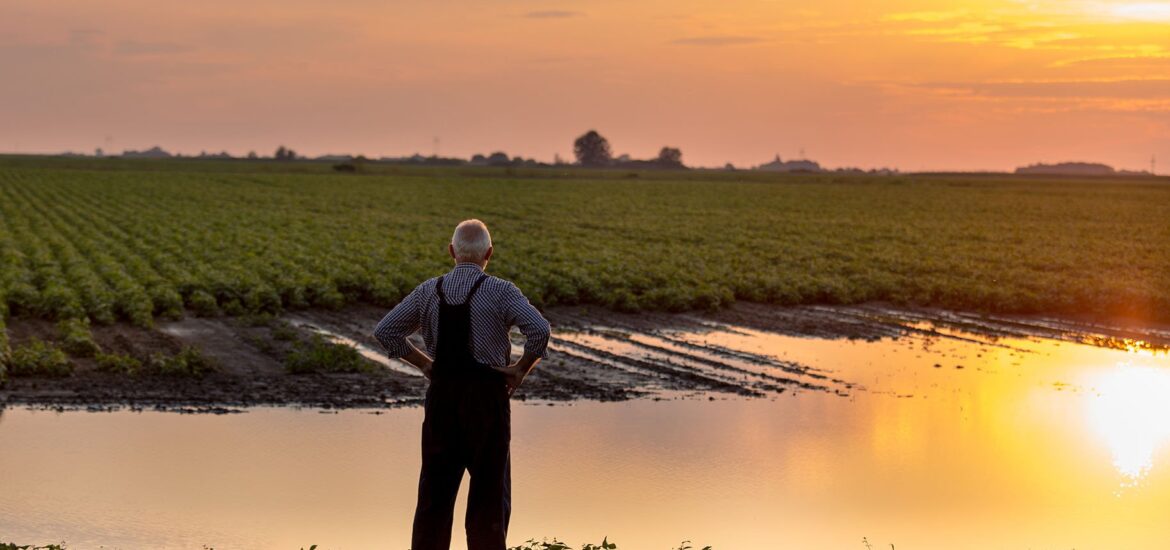Climate change occurs as a direct result of global warming. Here’s a quick refresher on the subject: as atmospheric CO2 levels increase, less radiation from the sun leaves the atmosphere. We feel this increase in radiation as heat. Differences in hot and cold air cause wind, which carries precipitation in the form of clouds. Historically, wind flowed in a distinct and consistent trajectory that allowed farmers and ranchers to more or less predict weather patterns season after season, and they could plan their cropping accordingly. For example, in certain regions, farmers knew when the first frost would usually occur, and were careful to harvest all of their crops before then for maximum yields. But, with hotter air in the atmosphere, the wind moves in a way we’re not used to. Areas that used to get regular rainfall are now dry, and dry areas are now flooding. Frost dates are no longer predictable either. Agricultural businesses must think ahead and adapt to the threats of climate change instead of reacting to disasters after they occur.
Common ways climate change affects agriculture businesses
Climate change impacts food production by:
- decreasing the average rainfall in an area, which leads to drought or water shortages;
- increasing rainfall in an area, which leads to water-logged soil;
- making the growing season hotter, which stunts the growth of numerous non-tropical crops and leads to fatal heat stress in livestock; and
- causing crop failure due to increasingly common extreme weather events, such as wildfires, floods, and unseasonably cold weather.
Climate change also affects the presence of weeds, pests, and pathogens, as well as the ability of farmers and ranchers to tend to their crops or livestock. For example, land cannot be tilled if it’s underwater or water-logged. Many pesticide and herbicide products cannot be applied during extreme temperatures or strong winds. Animals are susceptible to heat stress and may perish before harvest. Mowing and curing hay has to occur during a stretch of sunny weather, or nutrients will leach from the hay and result in a difficult-to-digest forage.Click here to learn more.
